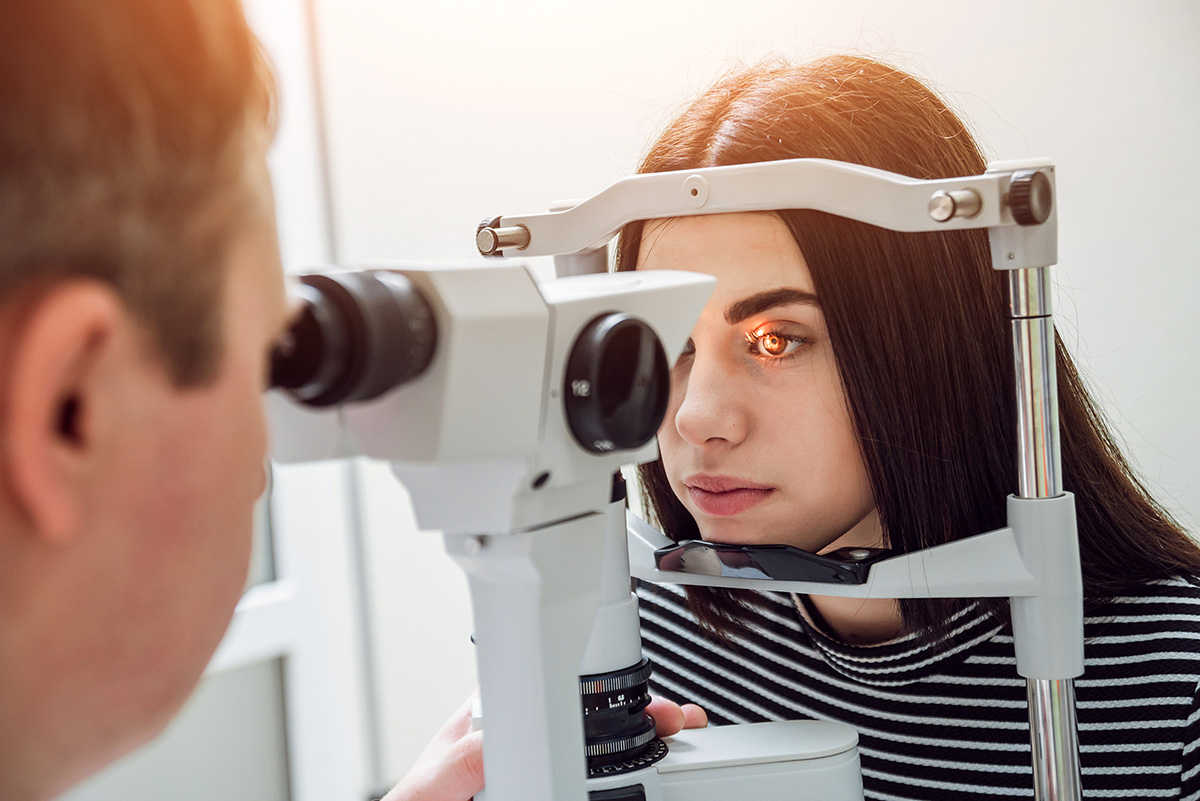Lynn, a diabetic senior, went in for her annual comprehensive eye exam. During that exam, her ophthalmologist noticed a small cholesterol clot in one of the arteries in her retina. The doctor educated her about the implications of the clot and sent a letter to her primary care team calling for further evaluation. Her team of physicians at a nearby teaching hospital reviewed her records, including the letter from her ophthalmologist and followed through with appropriate tests. Much to her shock, Lynn was informed that her routine eye exam saved her life. The testing, brought about by her dilated eye exam, found 3 potentially life-threatening blood clots. Lynn’s doctors at the teaching hospital said that had those clots not been discovered, her first symptom could have been a stroke or something even death.
But why would an eye exam be so helpful? It is because our eyes are windows into our body. The retina, which is part of the brain, is often the epicenter for vision related complications of many diseases. The blood vessels, the blood itself and the nerve structure of the retina are all visible to your physician during a dilated eye examination. Therefore, many bodily diseases have a manifestation in your vision that can be caught early during an eye exam. In fact, the eye is sometimes the first place a problem can be detected such as in Lynn’s case. Below is a list of the many conditions that can have a manifestation in your eyes.
There are five key elements required to diagnose and manage a vision or eye complication/manifestation of a disease:
- Recognizing that vision-related symptoms are not simply a need for new glasses.
- Receiving a comprehensive eye exam with dilation of the pupils with appropriate testing.
- An eye doctor that recognizes the changes seen in the eye.
- Adequate management of the problems by the examining eye doctor (if trained to do so) or a referral to the appropriately trained ophthalmologist for further management.
- Efficient communication and recommendation between the ophthalmologist and the patient’s primary care provider.
Healthy Eye, Healthy I.com® is the online resource of the integrated vision/wellness program used by many eye doctors to save lives every day. As Lynn discovered, when all the components of this program are correctly applied, a life can be saved.

